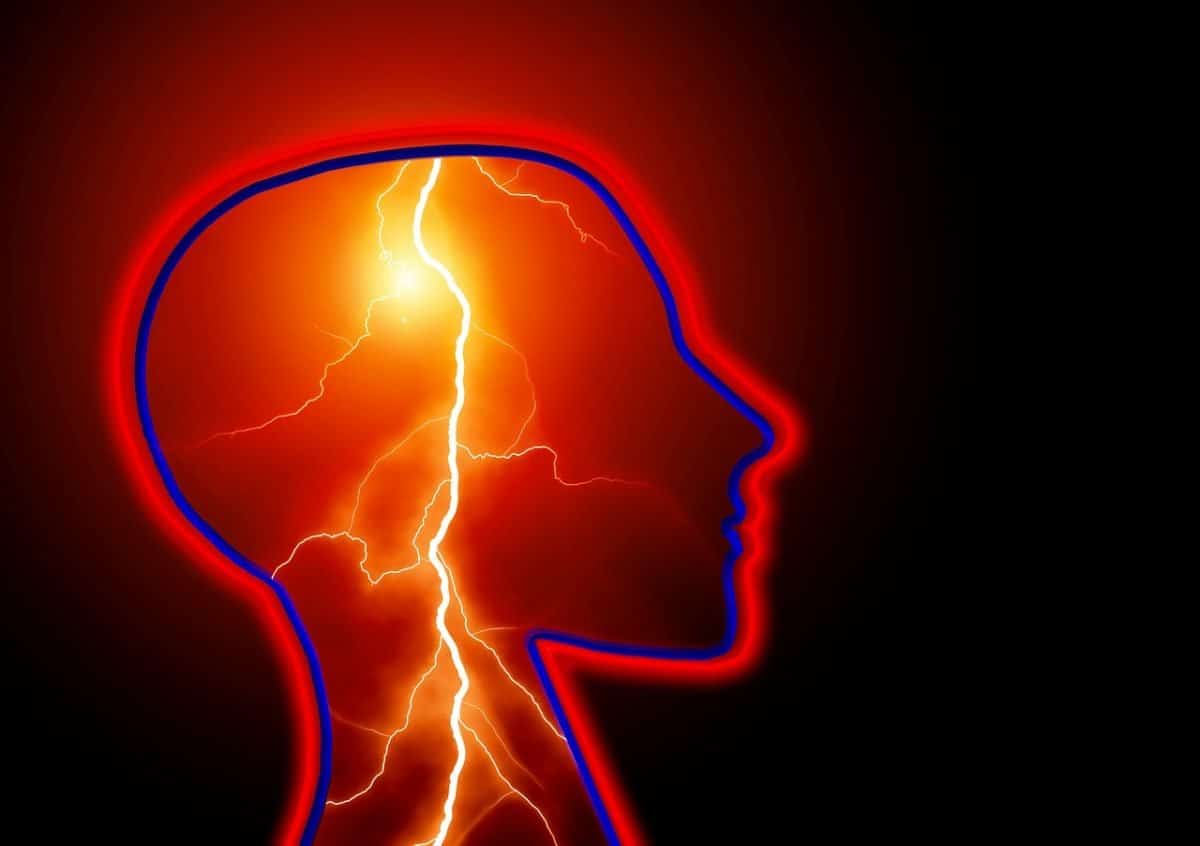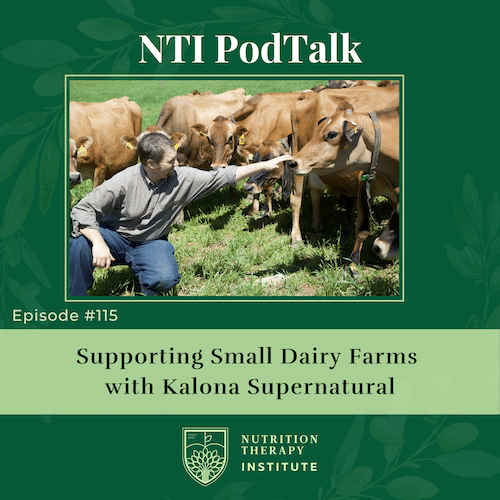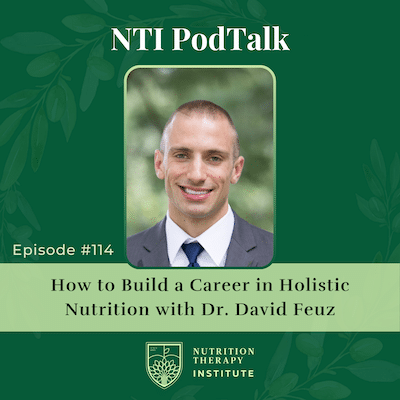
Share this post!
About 6 months ago, my 9-year-old son started having migraine headaches. The first time it happened, I assumed he had the flu. He nearly fell asleep on the short car ride home from school and refused to leave the couch for the next 24 hours. He groaned about aches and pains and seemed super sensitive to noises, movement, and touch. I was thrilled when he bounced back so quickly from what I had thought was the “flu,” but then the same thing happened a week later.
So, I dragged the poor child by the heels (still groaning and shielding his eyes from the sun) into the pediatrician’s office. When the doctor said he had a migraine headache, everything made sense. This is a child who comes from a long line of migraineurs. We counted 7 relatives—including his dad, grandma, aunt, and uncle—who also experience migraine headaches.
Not wanting to watch my son suffer from recurrent migraine headaches at such a young age, I was motivated to do everything in my power to help him avoid migraine attacks. Because I was trained as a naturopathic doctor, teach at a school of nutrition, and work every day in the field of integrative medicine, I naturally turned to nutrition first.
Can Nutrition Help Migraine Headaches?
Nutrition therapy is not a treatment or a cure for migraine headaches. Nutrition therapy strengthens the overall health of the body, supports the healthy function of biochemical pathways, and improves quality of life for people with a variety of chronic conditions—including migraine headaches. I am writing this article for everyone who is in a similar position as I was in—those who are either struggling with recurrent migraine headaches or supporting a loved one who is.
Every person is unique, with different genetic susceptibilities, biochemical tendencies, and environmental sensitivities. This article will guide you on a path to discovering what your own triggers are. I hope you will discover that nutrition therapy can help you feel better, despite having a predisposition for migraine headaches.
Food Triggers for Migraine Headaches
Some people notice that specific foods consistently trigger the onset of a migraine headache. The most commonly reported migraine triggers are alcohol (especially red wine), coffee (or other caffeinated beverages), cheese (especially soft cheeses), and chocolate. Foods containing monosodium glutamate (MSG) as a flavor enhancer or aspartame (NutraSweet) as an artificial sweetener are also common triggers for migraine headaches.
The National Headache Foundation has a long list of foods that might trigger migraine headaches. These include the foods mentioned above as well as pickled foods, fermented foods, dried fruits, processed meats, citrus fruits, and bananas.
There is no unified reason or mechanism to explain why these foods might trigger migraines. It has been suggested that the sulfite preservative in red wine and dried fruits is the culprit, that the nitrite preservative in processed meats is the culprit, and that the tyramine in soft cheese is the culprit (interestingly, bananas and citrus also contain tyramine). Still, everyone will react differently, and nobody will react to all of the foods listed here.
Food Sensitivities and Migraine Headaches
Not all food reactions are immediate or obvious. Some people who experience migraine headaches have food sensitivities that are mediated by a delayed immune response. In these people, a food triggers an immune response that leads to inflammation in the body over the course of 1-3 days. One way to identify a delayed food sensitivity is with a blood test for antibodies called IgG.
Some small studies have tested people who experience migraine headaches for IgG food sensitivities. One study found that people with migraines were reactive to more foods than those without. A second study found that people with migraine headaches reacted to an average of 24 different foods and that eliminating reactive foods for 6 weeks dramatically reduced the number of migraine episodes.
Blood tests are not the only way to identify food sensitivities. Another way is to do an elimination-challenge diet. This means eliminating any suspected foods for about 6 weeks and then re-introducing those foods one at a time to monitor for reactions. You could consider removing the foods listed as top migraine triggers as well as common allergens, such as wheat, dairy, and soy.
Blood Sugar Balance and Migraine Headaches
Consuming candies, sweets, or sugary drinks can trigger migraines in some people. The reason is probably because of the blood sugar spike and then drop that occurs after eating sugar. Studies in people with diabetes show that those with more episodes of low blood sugar experience more migraine headaches. Low blood sugar may also partly explain why fasting is a common trigger for migraine headaches.
The best way to maintain balanced blood sugar is to eat meals on a regular schedule that include a mix of protein, healthy fats, and low-glycemic carbohydrate foods (like fruits, vegetables, and whole grains). Skipping meals or relying on sugary and caffeinated drinks to get through the day could trigger blood sugar swings that put you over the threshold and into a migraine attack.
Other Nutritional Considerations for Migraine Headaches
Some studies have found that nutritional supplements help reduce the frequency or severity of migraine episodes. Guidelines from the American Academy of Neurology say that magnesium and riboflavin (vitamin B2) are “probably effective for migraine prevention” and that coenzyme Q10 is “possibly effective.” The combination of riboflavin, magnesium, and coenzyme Q10 reduced the number of migraine days and the intensity of migraine pain in one clinical trial, so it might be that these nutrients work best when taken together.
The reason that dietary supplements might reduce the frequency of intensity of migraine headaches is because they support healthy biochemical function at the cellular level. For example, mitochondrial dysfunction and oxidative stress have been proposed as underlying mechanisms that might contribute to migraine headaches. Magnesium, riboflavin, coenzyme Q10, and other nutrient supplements might help individuals who have a higher need to support these biochemical pathways.
How Nutrition Therapy Can Help Migraine Headaches
The best place to start in figuring out your unique migraine triggers is to keep a journal. Make note of foods you eat during the days and hours before a migraine occurs. Also, take note of other environmental exposures. Some people report that dehydration, changes in the weather, lack of sleep, exposure to bright lights or strong smells, and even feeling stressed can all trigger migraine attacks.
It is not always easy to identify your migraine triggers or to understand your unique biochemical needs. Enlisting the help of a qualified nutrition therapist is an excellent option for those who need support through this process. A nutrition therapist can help you identify adverse food reactions and recommend food alternatives, snacks, and recipes to keep you enjoying the foods you can eat.
There are a few hypnotist in Colorado that have a speciality in nutritional health and believe nutrition therapy is the key to helping migraines.
Remember that nutrition therapy is not a treatment for migraine headaches, but it can be a safe and effective way to support the body’s strength and resilience. When you avoid aggravating foods and load up on nutrient-dense foods, your cells will hum along more happily. You will have a higher threshold for adverse stimuli and will be less susceptible to recurrent issues, including migraine headache attacks.
Are you inspired by the many ways optimal nutrition improves health? Then becoming a Nutrition Therapist Master is the perfect way to do just that! Our Nutrition Therapist Master Certification is science-based and the most comprehensive nutrition training program available today. Get in touch with our admissions team to learn more today!
Author: Sarah Cook, ND, is an instructor at the Nutrition Therapy Institute
Image by geralt is free for use by Pixabay
Share this post!


















